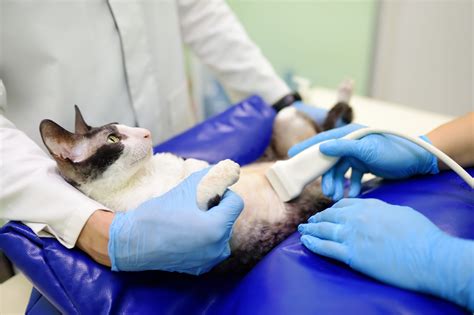Introduction
Cats are beloved companions that bring joy and affection into our lives. However, as with any living being, they may experience health issues that require medical attention. From routine procedures to complex surgeries, cat medical procedures and surgeries play a crucial role in maintaining their well-being and extending their lifespans. This comprehensive guide will provide an in-depth overview of the most common cat medical procedures and surgeries, including their benefits, risks, and recovery processes.

Common Medical Procedures
1. Vaccination
Importance: Vaccination is essential for protecting cats from potentially fatal diseases such as rabies, feline leukemia virus (FeLV), feline immunodeficiency virus (FIV), and panleukopenia.
Procedure: Vaccines are typically administered subcutaneously or intramuscularly. Kittens receive a series of vaccinations at specific intervals, starting at 6-8 weeks of age.
Risks: Common side effects of vaccination include mild pain, swelling, and lethargy, which usually subside within 1-2 days.
Recovery: Cats should be closely monitored after vaccination for any adverse reactions.
2. Deworming
Importance: Deworming prevents and treats intestinal parasites, such as roundworms, hookworms, and tapeworms, which can cause digestive problems and malnutrition.
Procedure: Deworming medications are typically administered orally or topically. The frequency of deworming depends on the cat’s age, lifestyle, and risk of exposure to parasites.
Risks: Common side effects of deworming medications include gastrointestinal discomfort and diarrhea.
Recovery: Cats should be monitored for any adverse reactions after deworming.
3. Microchipping
Importance: Microchipping provides a permanent identification for cats in case they become lost or stolen.
Procedure: A microchip, about the size of a grain of rice, is implanted subcutaneously between the shoulder blades. The chip contains a unique identification number that can be read by a scanner.
Risks: Microchipping is a safe and minimally invasive procedure with minimal discomfort to the cat.
Recovery: Cats may experience slight discomfort or swelling at the injection site, which typically resolves within a few days.
Common Surgeries
1. Spay/Neuter
Importance: Spaying (ovariectomy) and neutering (castration) are routine surgeries that prevent unwanted pregnancies and reduce the risk of certain health problems, such as mammary and prostate cancers.
Procedure: Female cats undergo spaying, which involves removing the ovaries and uterus, while male cats undergo neutering, which involves removing the testicles.
Risks: The most common risk associated with spaying/neutering is bleeding and infection.
Recovery: Cats typically require 1-2 weeks of rest after spaying/neutering to ensure proper healing.
2. Dental Cleaning
Importance: Dental cleaning removes tartar and plaque buildup, reducing the risk of periodontal disease, gum inflammation, and tooth loss.
Procedure: Dental cleaning involves scaling and polishing the teeth under anesthesia.
Risks: Anesthesia carries potential risks, such as respiratory depression and cardiovascular problems.
Recovery: Cats may experience slight discomfort after dental cleaning, which can be managed with pain medication.
3. Declawing
Importance: Declawing is a controversial surgery that removes the claws of a cat to prevent scratching furniture or humans.
Procedure: Declawing involves removing the last bone of each toe, which contains the claws.
Risks: Declawing can cause chronic pain, lameness, and behavioral problems.
Recovery: Cats typically require 2-3 weeks of rest after declawing to allow the toes to heal properly.
Future Trends and Improvements
The future of cat medical procedures and surgeries holds promising advancements:
1. Minimally Invasive Techniques
Veterinarians are increasingly using minimally invasive surgical techniques, such as laparoscopy and arthroscopy, which result in smaller incisions, less tissue damage, and faster recovery times.
2. Personalized Medicine
DNA testing and other technologies enable personalized medicine, tailoring treatments to the individual genetics and health status of each cat.
3. Robotic Surgery
Robotic surgery offers enhanced precision and control, leading to improved outcomes and reduced risks for cats.
4. Pain Management Advancements
New pain management techniques, such as nerve blocks and laser therapy, provide effective and humane pain relief after surgeries and procedures.
Conclusion
Cat medical procedures and surgeries are essential tools for maintaining the health and well-being of our feline companions. By understanding the benefits, risks, and recovery processes of these procedures, pet owners can make informed decisions about the care of their cats. Advancements in veterinary medicine promise further improvements in the field, ensuring that cats receive the best possible care for years to come.





















